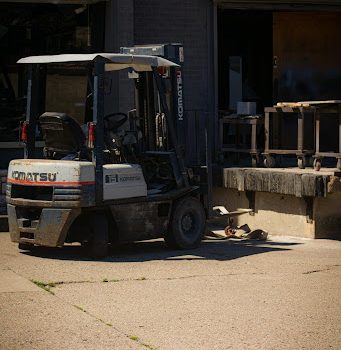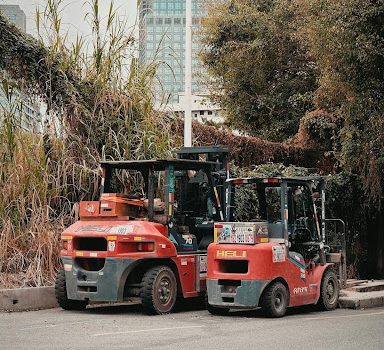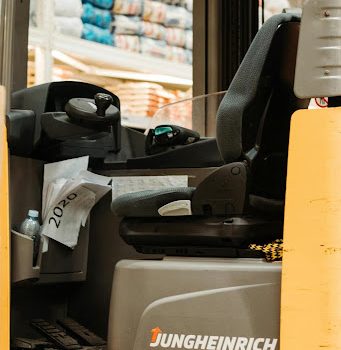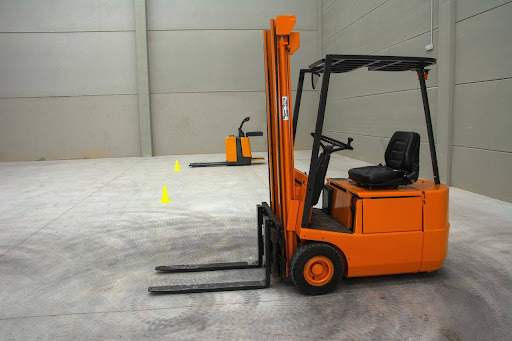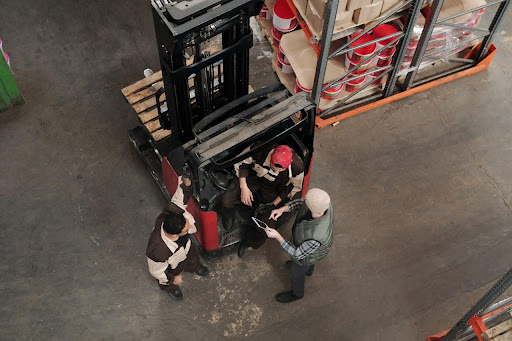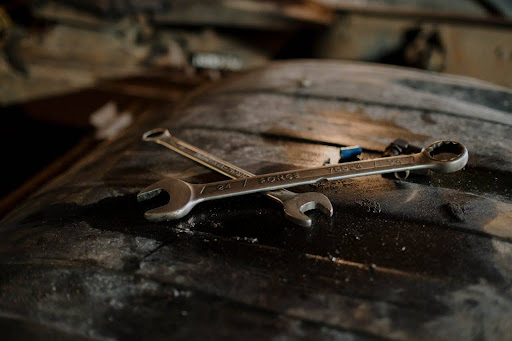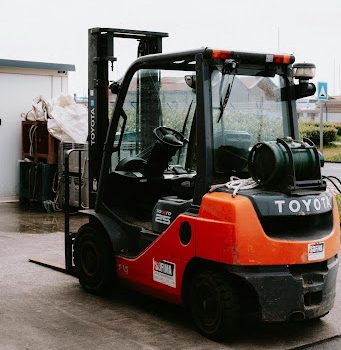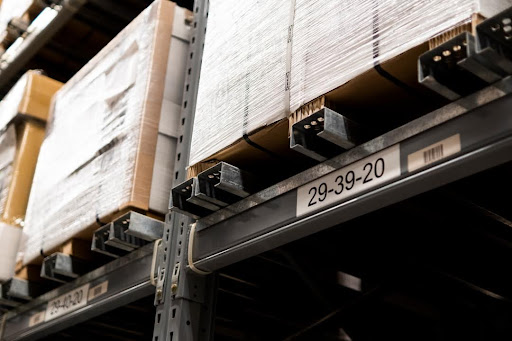Why Second Hand Forklifts Are a Smart Investment for Your Business
Why, you ask?
Well, for starters, they offer significant cost savings. This is especially true when compared to their brand-new counterparts.
But it’s not just about the upfront cost. Second hand forklifts can also be a practical choice for businesses with intermittent or seasonal needs.
Moreover, with a wide range of makes and models available, you’re sure to find one that fits your specific business requirements.
In this guide, we’ll delve deeper into why second hand forklifts for sale are a smart investment for your business. We’ll explore their economic advantages, reliability, and performance, as well as key considerations when making a purchase.
So, let’s get started.
The Economic Advantage of Second Hand Forklifts
Second hand forklifts are a money saver. They generally cost a fraction of the price of new ones. This allows businesses to deploy resources elsewhere.
Consider the steep depreciation. Forklifts lose most value within the first year. Buying used ones lets you bypass this depreciation trap.
With the money saved, companies can fund other essential areas. This could include training, safety enhancements, or additional equipment.
The financial flexibility offered is undeniable. Here’s how businesses might benefit:
- Reallocate funds to training and staff development
- Enhance other operational areas with the saved capital
- Invest in additional technology or inventory
Opting for second hand forklifts means stretching your budget further. By investing wisely, companies can enjoy more substantial returns.
Used forklifts not only free up capital but also offer potential tax advantages. It’s crucial to consult with an accountant for this. In summary, second hand forklifts are more than just cost-effective. They pave the way for strategic financial planning.
Reliability and Performance of Used Forklifts
Used forklifts can be very reliable. This is especially true if they have been well-maintained throughout their lifespan. Regular maintenance helps preserve their performance.
Well-documented maintenance history is crucial when buying. It’s like a report card for the machine’s care and usage. It shows you how well the forklift has been managed in the past.
Consider certified pre-owned options. They often come with warranties and service guarantees, offering added peace of mind. This certification indicates thorough inspection and repair by experts.
Choosing a used forklift without reviewing its history is risky. Ensuring that it meets reliability standards is important. Always inspect the records and use expert assessments to ensure performance and safety. Together, these steps contribute to making a smart decision for your business’s operation and maintenance success.
Wide Selection and Availability
The market for second hand forklifts offers a wide variety of choices. You can find different makes, models, and specifications. This diversity allows you to choose forklifts that fit your specific needs.
Buying used forklifts often means faster delivery. Unlike new orders, which may have long lead times, used forklifts are readily available. This quick access minimises downtime in operations.
With so many options, it’s important to evaluate what best suits your business. Consider factors like brand reputation and model features. Here’s what to keep in mind:
- Make and model variety
- Quick availability
- Compatibility with business needs
These considerations help ensure you find the right forklift for your requirements. Investing in a used forklift can boost efficiency and resource management effectively.
Environmental Benefits and Sustainability
Choosing second hand forklifts supports sustainability initiatives. By purchasing used equipment, you contribute to reducing waste. This decision helps lower the demand for new manufacturing, which consumes resources.
The environmental footprint of manufacturing new forklifts can be significant. Opting for a used forklift lessens the environmental impact. This choice plays a role in reducing carbon emissions associated with production.
Reusing forklifts can also align with your company’s green goals. Many businesses are focusing on sustainability, and using second hand equipment can be part of that strategy. It’s a step towards a more environmentally-friendly operation.
Key Considerations for Second Hand Forklifts for sale
Acquiring second hand forklifts requires careful assessment. Prioritise thorough inspections to avoid future issues. Inspecting in person or hiring an expert can reveal potential problems.
Maintenance history is crucial when buying used equipment. Ensure the forklift has been regularly serviced. Well-documented maintenance can indicate reliability and longer lifespan.
Evaluate the expected usage of the forklift. Consider how often and intensively it will be used. This can guide your choice of model and make.
Assess operational costs, including fuel or electricity expenses. Different models have varying efficiency levels. Choose one that suits your energy budget.
Safety is non-negotiable. Verify that the forklift meets current safety standards. Essential features should include functional lights, brakes, and warning systems.
When making your decision, consider these factors:
- Lifespan: Is the forklift expected to meet future needs?
- Usage: How will it fit into current operations?
- Operational costs: What are the power and maintenance expenses?
- Safety standards: Does it comply with regulations?
Each of these considerations can impact the long-term value of your investment. Making informed choices ensures you select a forklift that aligns with your business goals and safety protocols.
Financial Aspects and Ownership Costs
Financing options can make acquiring second hand forklifts more attainable. Various payment plans can fit different budgets. Explore these to ease the financial burden.
Tax advantages may also be available for purchasing used equipment. Some regions offer incentives or deductions. Check local regulations to maximise benefits.
Consider the total cost of ownership, not just the purchase price. Factor in maintenance, fuel, and potential repair expenses. A comprehensive view ensures financial sustainability.
Investing in second hand forklifts can yield significant savings. Making well-informed decisions on financing, tax benefits, and ownership costs ensures a profitable investment.
Making the Right Choice for Your Business
Choosing the right second hand forklift depends on your specific business needs. Consider the types of tasks it will handle and the environment in which it will operate. This ensures the forklift meets your operational demands efficiently.
Assess the condition of the equipment thoroughly. Evaluate the forklift’s maintenance history and overall performance. Well-maintained units generally offer better reliability and lifespan.
Align the forklift’s capabilities with your business objectives. Factors like load capacity, maneuverability, and safety features should match your requirements. A well-chosen forklift contributes to enhanced productivity and operational success.
Conclusion: Maximising Value with Second Hand Forklifts
Investing in second hand forklifts is a savvy choice for cost-conscious businesses. It offers substantial savings and allows for reallocation of resources to other areas. This investment choice maximises business potential without compromising on operational efficiency.
Second hand forklifts provide reliable performance when chosen carefully. By reviewing maintenance histories and opting for certified pre-owned options, businesses can ensure safety and dependability. These elements contribute to long-term satisfaction and reduced unexpected costs.
Ultimately, purchasing used forklifts supports environmental sustainability while meeting business demands. With careful consideration and expert guidance, companies can enhance productivity and financial efficiency. They gain value by intelligently investing in second hand equipment tailored to their needs.

